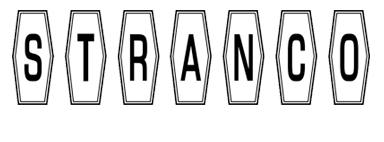Before the popularity of surface mount technology, through-hole technology was used during the production of most printed circuit boards. Not all electrical components are suited for direct surface mounting, which is why many manufacturers still use this particular method today. During this process, manufacturers insert leads, which are circuit connectors, through drilled holes in the PCB and then solder on the opposite side.
"Through-hole mounting is extremely reliable, as it provides strong mechanical bonds, however, the additional drilling makes the production of boards significantly more expensive," Matthew Turpin wrote on Zentech Manufacturing's blog. "Additionally, the presence of holes in the PCB create limitations in terms of the available routing area for signal traces on the layers which are immediately beneath the top layer on multi-layer boards."
"Wave soldering is extremely reliable and fast."
Which are more effective: SMT or through-hole technology components?
SMT components are smaller than through-hole technology parts, usually because they do not require large leads or any at all. Despite many manufacturers turning to the SMT method due to its affordability and compact design, through-hole technology parts offer stronger mechanical bonds than SMT components and are widely used by design engineering during the initial planning phase as they are easily used on breadboard sockets, most commonly used for prototyping.
Is wave soldering the right choice for PCB manufacturers?
Wave soldering is an extremely reliable and fast method for applying electrical components to PCBs and can be used with either SMT or through-hole components. As SMT has quickly taken over much of the PCB manufacturing industry, wave soldering is not as common as reflow soldering methods, though is still used by some manufacturers when SMT is not recommended.
PCB boards are literally soldered with a "wave" of solder during this process when placed in the wave soldering machine. The hot temperature within the machine must remain constant during the entire process to avoid potential problems.
"Within the tank, a wave of solder is set up and the printed circuit boards are passed over this so that the underside of the board just contacts the solder wave," Radio-Electronics explained on its website. "Care must be taken in adjusting the height of the wave so that it does not flow over the top side of the board where it would cause solder to enter places where it is not required. The boards are held firmly in place on a conveyor using metal fingers. These are typically made of titanium because it is able to withstand the temperatures and it is not affected by the solder."
Like with reflow soldering, manufacturers must consider the environment in which their PCBs will be, taking necessary precautions to maintain the integrity of their design and what labeling solution would best withstand the harsh temperatures and chemicals commonly found in PCB manufacturing. Contact Stranco today to learn more about available polyimide thermal transfer labels that will remain intact and easy to read throughout the PCB production process.

